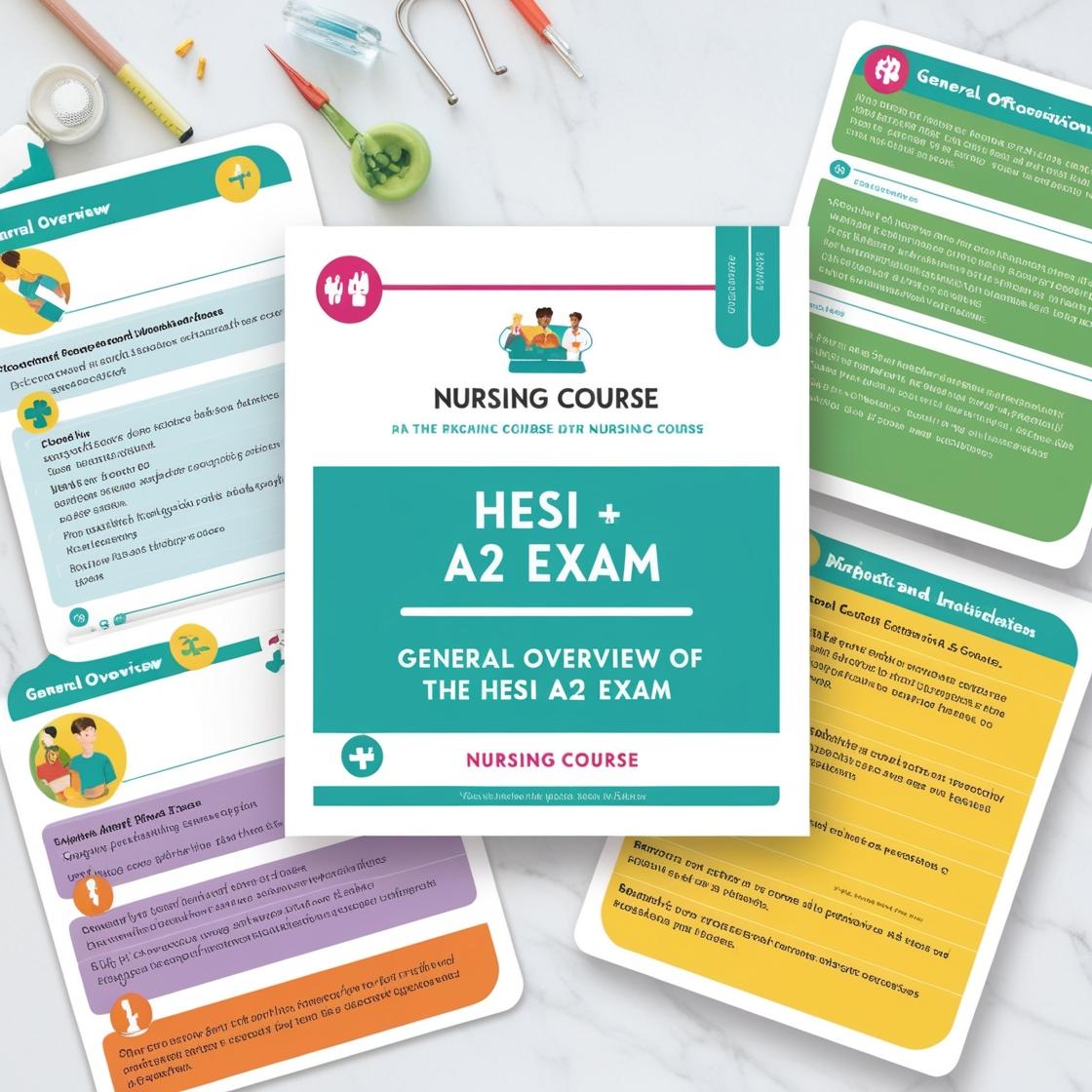HESI A2
HESI A2 Practice Test Math
1. 7 is divisible by which of the following numbers?
- A. 2 only
- B. 3 only
- C. 1 and 7 only
- D. 2, 3, and 7
Correct answer: D
Rationale: Rationale: 1. 7 is divisible by 1 because every number is divisible by 1. 2. 7 is divisible by 7 because any number is divisible by itself. 3. 7 is not divisible by 2 because 7 is an odd number and not divisible by 2. 4. 7 is not divisible by 3 because the sum of the digits of 7 (7) is not divisible by 3. Therefore, 7 is divisible by 1, 7, and itself (7), making the correct answer D) 2, 3, and 7.
2. How many centimeters are in 1 foot?
- A. 30.48
- B. 35
- C. 25
- D. 40
Correct answer: A
Rationale: The correct answer is A, which is 30.48. To convert inches to feet, since there are 12 inches in a foot, you need to multiply the conversion factor from inches to centimeters (2.54 cm) by the number of inches in a foot (12). This gives 30.48 cm in 1 foot. Choice B, 35, is incorrect as it does not follow the correct conversion. Choices C and D, 25 and 40 respectively, are also incorrect conversions and do not align with the conversion factors provided in the question.
3. If 30% of a given number is 18, what is the full number?
- A. 60
- B. 30
- C. 40
- D. 45
Correct answer: A
Rationale: If 30% of a number is 18, you can find the full number by dividing 18 by 0.30 (the decimal equivalent of 30%). This calculation results in 60. Therefore, the full number is 60. Choice B (30) is the result if 30% of the number itself was calculated, not the full number. Choices C (40) and D (45) are incorrect and do not align with the given information.
4. Find x if 40:5 = 60:x.
- A. 12
- B. 7
- C. 1
- D. 8
Correct answer: B
Rationale: To find x in the proportion 40:5 = 60:x, set up the equation: 40/5 = 60/x. Cross-multiply to solve for x: 40x = 60 * 5 => 40x = 300. Divide by 40 to isolate x: x = 300 / 40 = 7.5. However, x should be a whole number since it represents a quantity, so x = 7. Therefore, the correct answer is 7 (B). Choices A, C, and D are incorrect as they do not satisfy the proportion equation.
5. Stewart has 56 acres of land. He wants to divide the land into plots of 0.25 acres. How many plots of land will Stewart have after he divides the 56 acres?
- A. 224 plots
- B. 220 plots
- C. 210 plots
- D. 230 plots
Correct answer: A
Rationale: To find the number of plots, divide 56 acres by 0.25 acres per plot: 56 ÷ 0.25 = 224 plots. Therefore, Stewart will have 224 plots of land after dividing the 56 acres. The correct answer is A because dividing 56 acres by 0.25 acres per plot gives 224 plots, not 220, 210, or 230 plots.
Similar Questions

Access More Features
HESI A2 Basic
$99/ 30 days
- 3,000 Questions with answers
- 30 days access @ $99
HESI A2 Premium
$149.99/ 90 days
- Actual HESI A 2 Questions
- 3,000 questions with answers
- 90 days access @ $149.99
